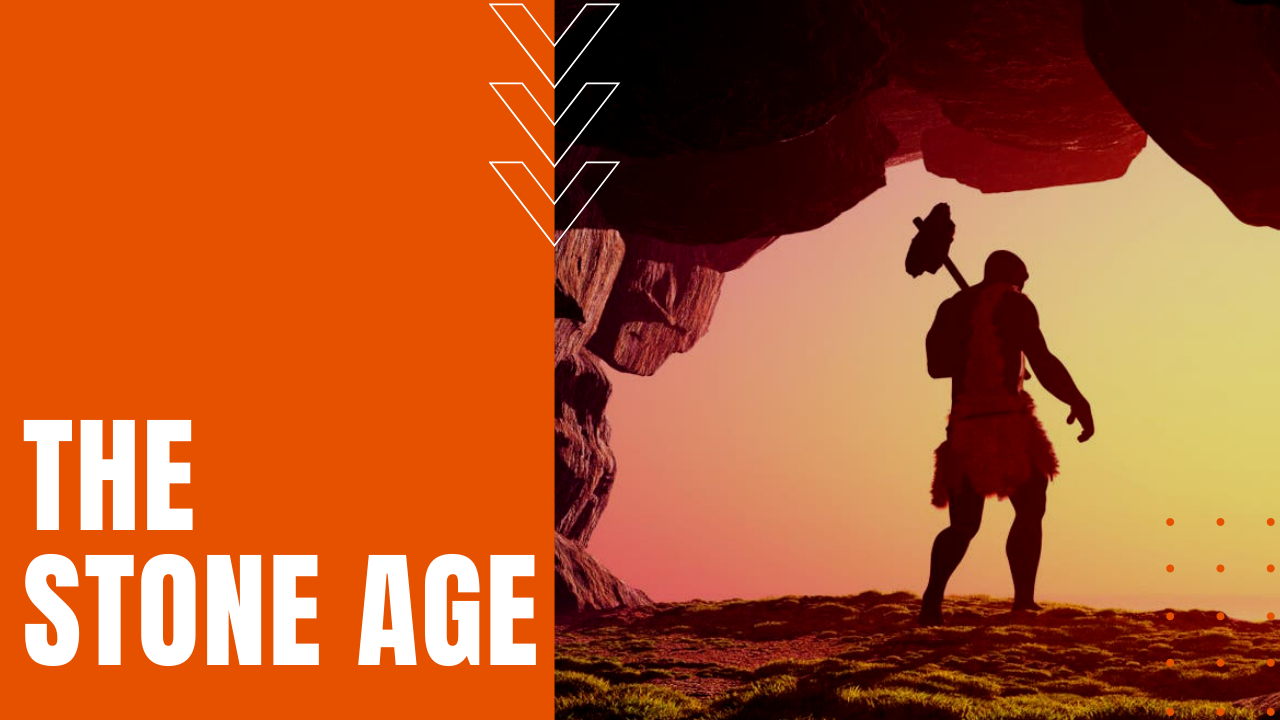The Stone Age of Early Man

When was the Stone Age?
Beginning some 2.6 million years ago, archeologists have found evidence of humans using stone tools, which persisted with steady refinements and innovation until the start of the Bronze Age in 3,300 B.C.E.
Divided into three phases of tool and human development, the Stone Age consisted of the Paleolithic, Mesolithic and Neolithic Periods. During the Paleolithic and much of the Mesolithic Periods, humans lived in nomadic bands of hunter-gatherers, stocking large game such as Mastodons, saber-toothed cats, wooly mammoths and giant ground sloths, until the end of the Last Ice Age forced these giant species into extinction.
Stone Age Tools
Much of what we know about Stone Age people comes from the tools they left behind, including primitive hammerstones used to chip away and shape spearheads for hunting. The earliest of these tools were discovered in Tanzania in the 1930s by archaeologist Louis Leakey, who discovered that the makers of what are now known as Oldowan tools were mainly crafted for use by right-handed people, prompting many academics to postulate that handedness evolved early on in the history of man.
Tool sophistication improved dramatically by the late or New Stone Age, including harpoon points, bone and ivory sewing needles and bone flutes for making music. Stone Age people also began using clay pots for cooking and food storage, dating as far back as 16,500 years ago in prehistoric Japan, while the average Stone Age diet included a wide variety of meats and fish, eggs and tubers, fruits, vegetables, seeds and nuts. Art began to appear in the Upper Paleolithic Period, including one of the earliest pieces of discovered human sculpture, which was found in Germany and dates back 40,000 years ago.
But the most commonly found Stone Age art is petroglyphs, most depicting scenes of animals and humans, while still others appear map-like in content, depicting trails, rivers and landmarks, oftentimes employing symbols to communicate time and distances traveled—a road map, of sorts, for humans who would come after the artist’s time.
After the end of the last Ice Age some 14,000 years ago, agriculture and animal husbandry arose in the Fertile Crescent, which is a boomerang-shaped region in today’s Middle East, where humans first gave up their nomadic lives for permanent villages and a more sedentary lifestyle that witnessed the rise of social organization and the birth of city-states, forever cementing the Stone Age as one of the most dramatic forward leaps in the long, unhurried history of man.
